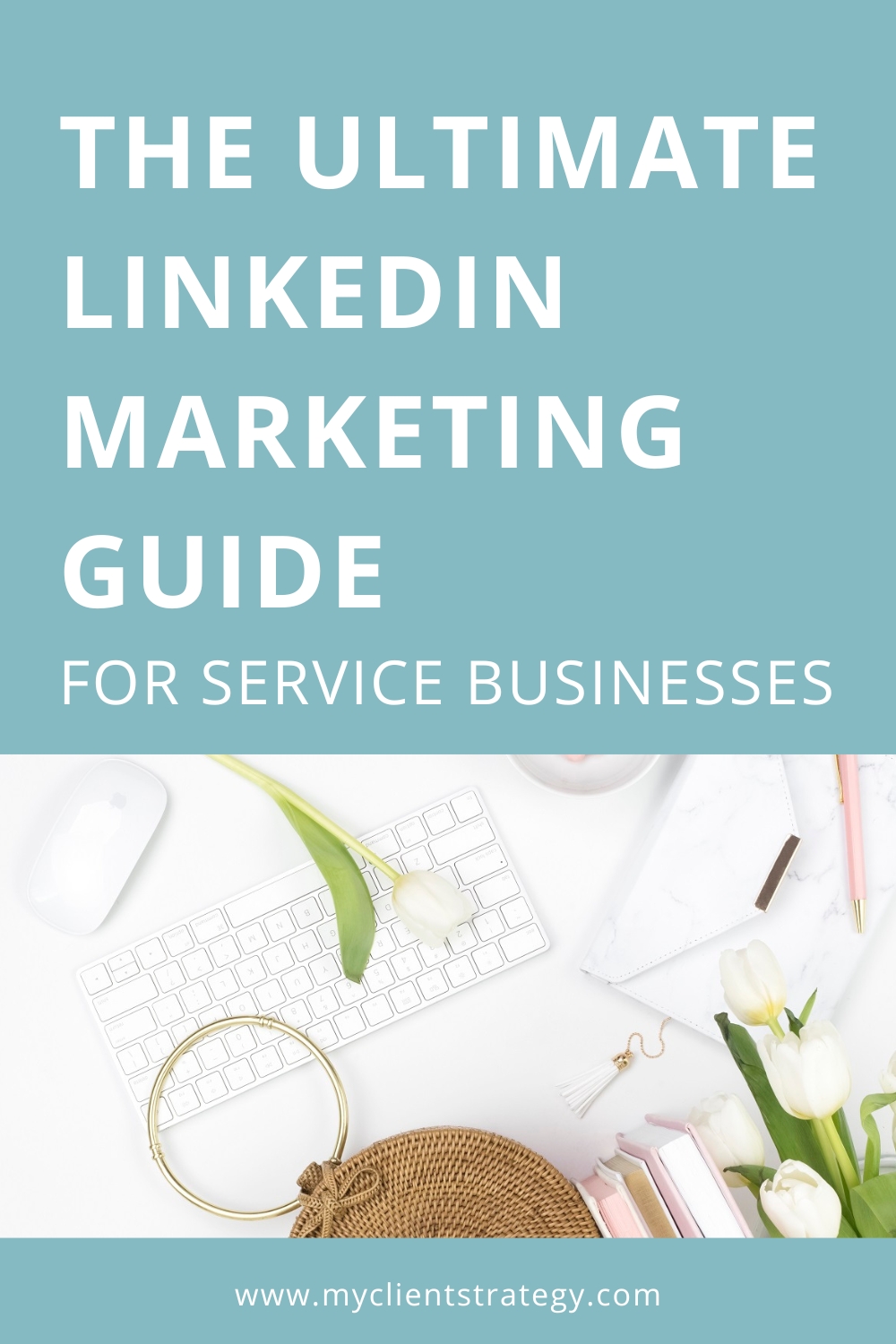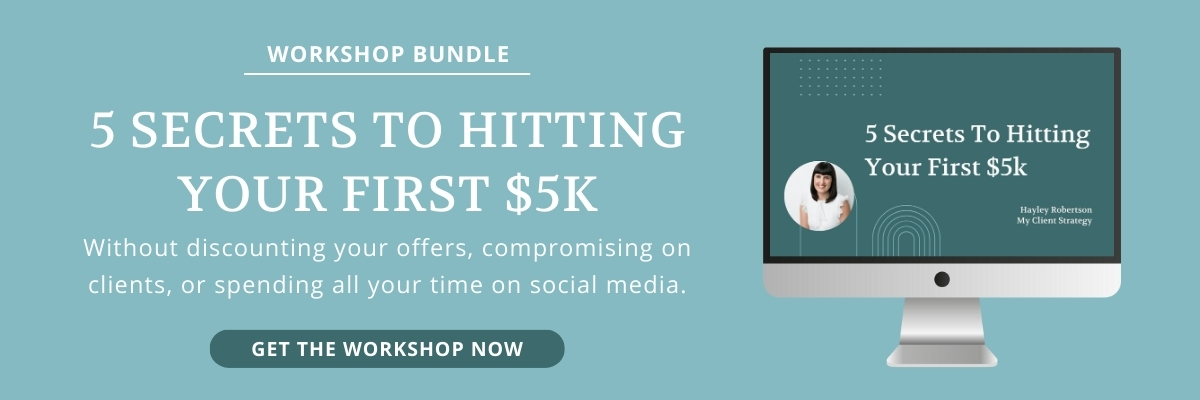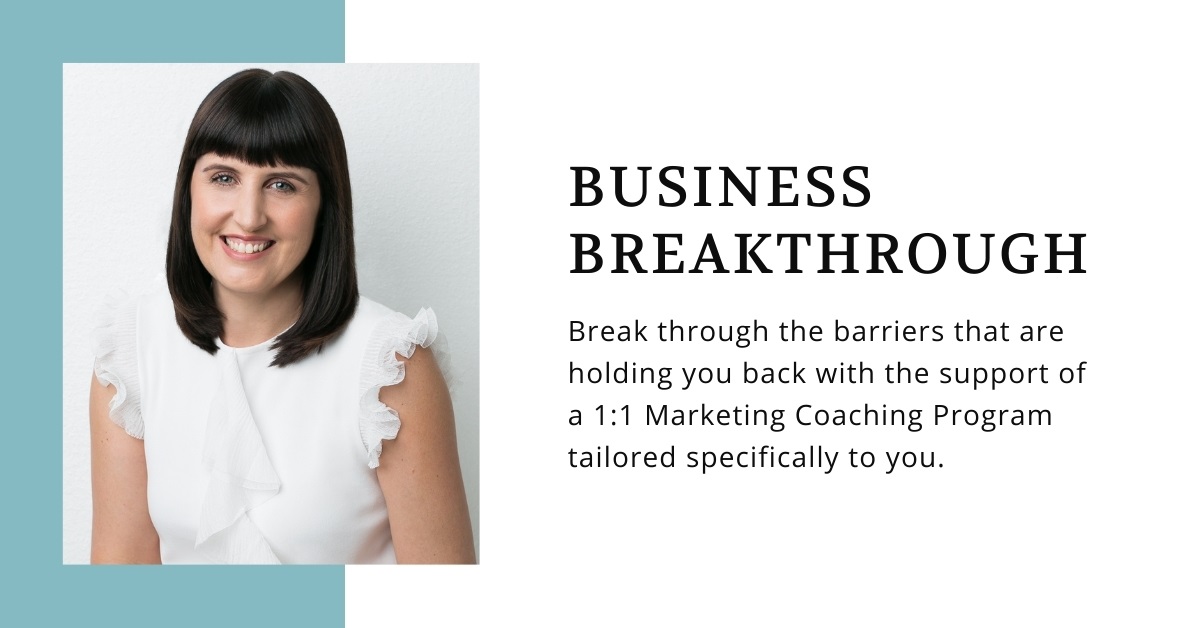The Ultimate LinkedIn Marketing Guide for Service Businesses

In today’s digital landscape, an effective LinkedIn marketing strategy is essential for service-based professionals and businesses.
With millions of users, it offers a unique opportunity for service-based businesses to connect with potential clients.
You can also use it to showcase your expertise and build a robust professional network.
Whether you’re a coach, consultant, or any other service provider, a strategic approach to LinkedIn can significantly enhance your online presence and drive business growth.

In this blog post, you’ll learn the critical steps to developing an effective LinkedIn marketing strategy tailored specifically to service-based businesses.
From defining your objectives and optimising your profile to creating engaging content and leveraging LinkedIn’s advanced features, we’ll cover everything you need to know to maximise your success on the platform.
Let’s explore how you can turn LinkedIn into a powerful online marketing tool for your service-based business!
Developing a marketing strategy for LinkedIn can be an excellent way for a small business owner to reach potential customers, network with other professionals, and build brand awareness.
Here are five steps to create an effective LinkedIn marketing strategy:
1. Define your LinkedIn Marketing Strategy Objectives
Before you start marketing via LinkedIn, it’s essential to spend a moment thinking about what you want to use the platform for.
Some of the most common marketing objectives for service-based business owners include:
- Generating leads from potential clients
- Building brand awareness and visibility
- Growing an audience and building an email list
- Finding industry peers to collaborate with
- Searching for staff and recruiting
- Networking and staying up-to-date with industry trends
Most clients I work with through my Business Breakthrough coaching program want to use LinkedIn to build awareness, find clients, and make sales.
So, I will focus on those objectives throughout this blog post.
Once you’ve clarified your objectives, you must know your target market to optimise your profile, build your network, and share content with them in mind.
Not sure where to start when it comes to marketing your service-based small business? That’s where I can help. Get started by downloading my free Ultimate Marketing Checklist by clicking the button below:
2. Optimise your LinkedIn Profile and Company Page
Before you start connecting and building your network on LinkedIn, you’ll want to ensure your profile and company page are optimised.
So, when someone lands on your profile, you can create a great first impression.
If you’re wondering why you need both a profile and a page on LinkedIn, well, here’s the difference between the two:
LinkedIn Personal Profile: This is designed for individuals to build their personal brand and network. It allows you to showcase your skills, experiences, and achievements, which helps build connections and trust. It’s also where you’ll receive endorsements, and it has a messaging function enabling you to reach out and build relationships with your connections.
LinkedIn Company Page: You can use this to create a more formal brand presence on LinkedIn and showcase your business values and culture. Both you and your employees can link to the page to build credibility and visibility. You’ll also use it when paying for and running LinkedIn ads on the platform.
To optimise your LinkedIn online presence, ensure your profile is complete and professional.
I recommend using a high-quality photo of yourself on your profile and a compelling title that includes your job title to increase the chances of your profile being found.
Finally, use the online design tool Canva to create an eye-catching banner that you can upload to your profile.
You should use a high-resolution logo on your LinkedIn company page, write a clear and engaging company description, and complete all relevant sections.
The LinkedIn company page is where you can add posts with company news, service offerings, and industry insights.

3. Grow your LinkedIn Connections and Network
Now that you’ve optimised your LinkedIn profile and page, it’s time to start connecting and building your network.
(If you’d like to connect with me, you can find me on LinkedIn here!)
But, you’ll want to do this slowly over time (such as 15 – 30 people a day) so that LinkedIn doesn’t think you are using the platform to prospect for clients and stop you from connecting with others.
Gone are the days when you only connect with people you know on LinkedIn. These days, sending connection requests to people you don’t know is widespread.
However, you don’t want to come across as someone who will send them spam messages, so ensure you’re only connecting with relevant people.
Use the LinkedIn search function to find and connect with industry peers, potential clients, and other relevant professionals.
It’s important to keep your LinkedIn marketing strategy in mind when deciding who to connect with to build a network with people who are more likely to become clients or who could refer you to potential clients.
For example, if your clients are in the health and wellness industries, you’ll want to search using job titles such as Acupuncturist, Dietitian, Naturopath, or Counsellor, to name just a few.
Or, if you were a financial planner searching for connections who could refer you to potential clients, you may want to connect with accountants or mortgage brokers as examples.
Once you’ve connected with several people, LinkedIn will notice a pattern with the types of people you’re connecting with and will start showing you recommendations.
Connecting with these recommendations is another effective way to build your network on LinkedIn.
RELATED: How to build a network: The ultimate small business networking guide
4. Create and Share Relevant and Valuable Content
When you first connect with people, they will likely see your content in their feed soon after.
However, they’re connected with many people, so they may not always see your content moving forward.
Therefore, you’ll need to develop a LinkedIn content marketing strategy to help you stay top of mind with your connections and continue showing up in their feed.
To create your LinkedIn marketing strategy, I recommend identifying the types of content that you’ll post.
This content could include blog posts, helpful tips, thought leadership ideas, behind-the-scenes activities, photos of you, videos, or client testimonials.
Once you’ve created templates for sharing your selected content formats, you’ll want to develop a calendar for when you’ll post. To stay consistent, aim for 2 – 3 times a week.
When posting your content, you should incorporate calls to action at the bottom to encourage engagement and generate leads.
You can also ask questions, prompt discussions, or respond to messages to begin building relationships with others (which is the first step to making sales).
Gaining this engagement will ensure your content reaches a broader audience on LinkedIn, as the platform will identify it as a valuable post and show it more often.
In addition to posting your content, you should spend a few moments each time you post, commenting on and liking what other people share to reciprocate engagement.
RELATED: 15 Types of content marketing you can use to stand out online
Not sure where to start when it comes to marketing your service-based small business? That’s where I can help. Get started by downloading my free Ultimate Marketing Checklist by clicking the button below:
5. Utilise LinkedIn Tools and Features to Gain Visibility
Lastly, there are several LinkedIn tools and features that you can use to gain more brand awareness and visibility.
These include adding your services and skills to a LinkedIn Services Page.
You can also share valuable insights and engage in discussions to establish yourself as an industry expert by getting a LinkedIn Top Voices Badge.
If you have the budget, you could also consider using LinkedIn’s advertising options to reach a broader audience faster.
It’s important to regularly use the LinkedIn analytics tools to discover what time and day of the week get the best response for your posts.
Also, use the analytics tools to understand what type of content your audience is most likely to engage with so you can create more of the same content.
RELATED: 30 Marketing tools every service-based business should know about
When you follow these steps, a coach, consultant, or service-based professional can leverage LinkedIn to market their business effectively, connect with potential clients, and grow their professional network.
Tired of trying to figure out what you’re missing when it comes to finding clients and making sales in your service business?
Break through the barriers that are holding you back with the support of an MBA-qualified Marketing Coach and Business Mentor who will tailor a 1:1 program specifically for you.

BUSINESS BREAKTHROUGH is my signature 6-month 1:1 Coaching Program for service-based business owners who want to develop the strategy, systems, and structure they need to find clients and make sales, so they can stop feeling stuck and start gaining massive momentum in their business.
Did you find this post helpful? Don’t forget to PIN to Pinterest and share on Facebook.



